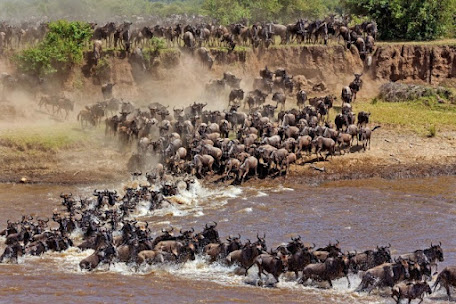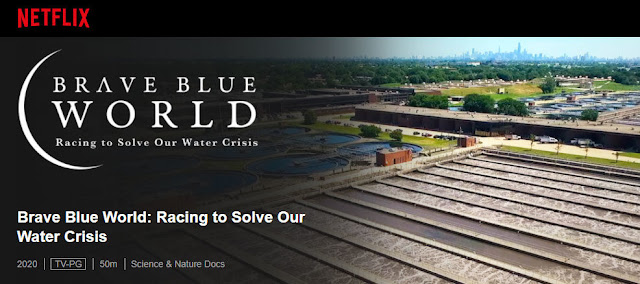The Sahelian paradox

Environmental change does not always influence water in the way we would imagine especially as there is often more than one contributing factor. Climatic changes in the Sahel region of Africa have lead to hydrological changes. Since the end of the 1960s extremely low rainfall, especially in comparison the previous decades, lead to long lasting droughts (Leblanc et al, 2007) . Despite the decrease in rainfall an increase in ground water resources and river discharge has been observed particularly in southwest Niger, this is known as the Sahelian paradox ( Favreau et al, 2009 ) . Since it is not rainfall that is responsible for the hydrological change observed, research suggests that land use change provides an explanation (Leblanc et al, 2007) . The Sahel region which is semi-arid has experienced one of the world’s largest population growth since 1950, the combination of high population and low yielding land has lead to a widespread increase of cropland ( Favreau et al, 2009 )


